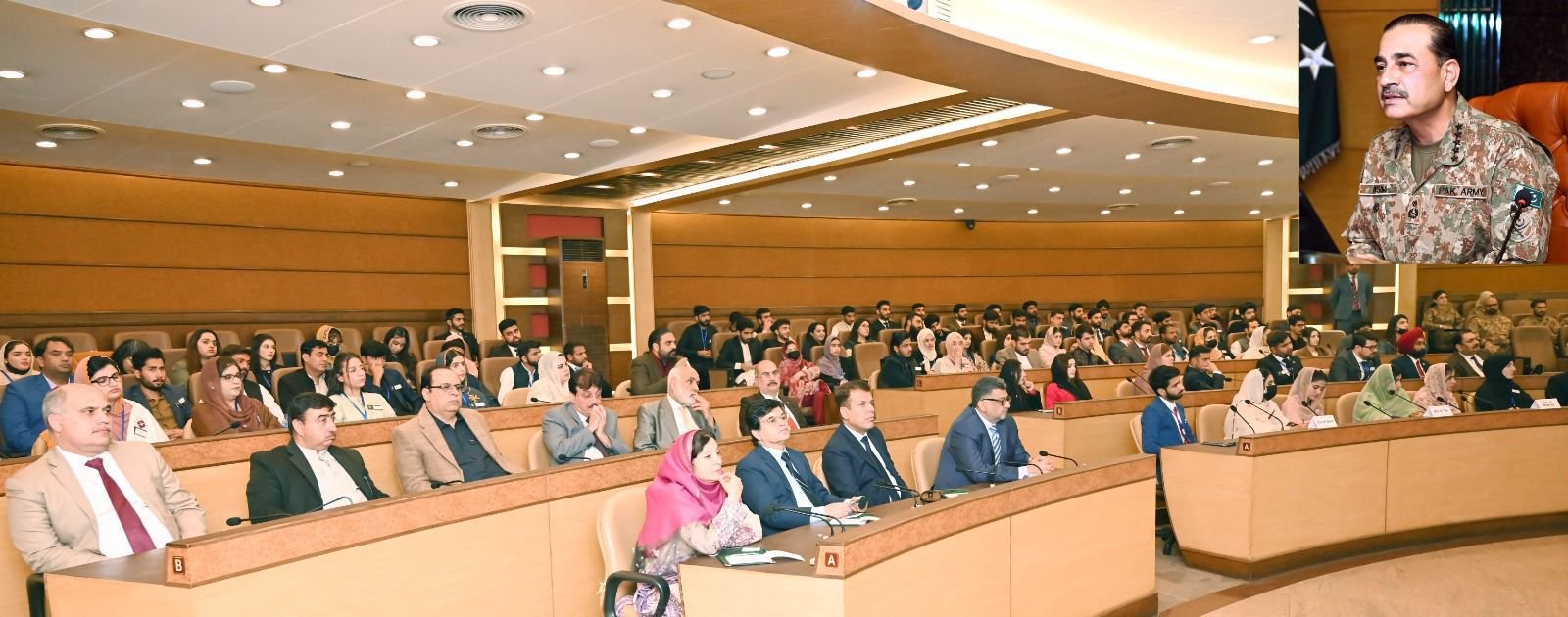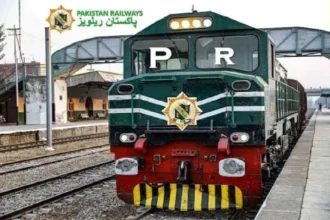
As the world grapples with rising food insecurity, a quiet but powerful lesson is emerging from Latin America: ending hunger isn’t about choosing between relief and reform—it’s about doing both together.
Recent UN figures show that global hunger declined slightly to 8.2% in 2024, but that progress was far from equal. While hunger continues to rise in parts of Africa and Western Asia, Latin America and the Caribbean cut undernourishment from 6.1% in 2020 to 5.1%—a notable drop that translates to millions more people eating enough.
According to the FAO’s Chief Economist, Dr. Máximo Torero, the key to this progress is a two-pronged strategy: one that protects people today through social support and builds resilience for tomorrow by investing in farmers and food systems.
Across Latin America, countries have used targeted cash transfers, school feeding, and income support programs to help families through tough times. Programs like Brazil’s Fome Zero and Mexico’s Prospera ensured that low-income households could still put food on the table during crises—be it COVID-19, inflation, or climate shocks. These safety nets are more than emergency tools. They create stability. They allow parents to keep kids in school and communities to stay afloat when markets fail.
But relief is not enough. Latin America has also worked hard to empower its farmers, especially smallholders. Brazil has become a global leader in cereal exports, growing maize, rice, and soybeans that feed both local and global markets. Meanwhile, Colombia and Peru have built strong value chains in high-value crops like coffee, avocados, and quinoa—raising farmer incomes and adding diversity to national diets.
These results didn’t happen by chance. They were driven by public investment in seeds, irrigation, rural infrastructure, training, and access to finance. And importantly, these supply-side efforts were often linked to demand-side social programs—like buying school meals from local farmers. It’s a smart loop: support families, support farmers, support systems.
One reason this model works is that governments coordinated across sectors. Agriculture ministries didn’t work alone. Health, education, and social welfare agencies came together to build a unified food system strategy—something many countries still struggle to do. This approach, sometimes called “smart resilience,” helps countries bounce back stronger from shocks—rather than just recovering what was lost.
The world should take note. In many countries, the debate still lingers: should we spend on protecting the poor or investing in agriculture? Latin America shows we don’t have to choose. For countries like Pakistan and others in South Asia or Africa, the lesson is to integrate—not isolate—our responses. Social protection must be flexible and inclusive. Agricultural policies must be climate-aware, market-linked, and smallholder-focused. And all of it must work together under one national vision for food security.
None of this is easy. Budget pressures, shifting governments, and climate shocks will keep testing us. But Latin America’s progress proves that hunger can be reduced with the right priorities—and that governments can deliver, even in hard times. We don’t need to start from scratch. We just need to start learning from what’s already working.
About the Author:
Umair Nawaz is a policy and development specialist focusing on food systems, social protection, and agricultural innovation. Currently based in Islamabad, KOPIA, they work at the intersection of strategy, governance, and sustainability in global development programs.
The writer is an alumnus of the Suleman Dawood School of Business at LUMS.





